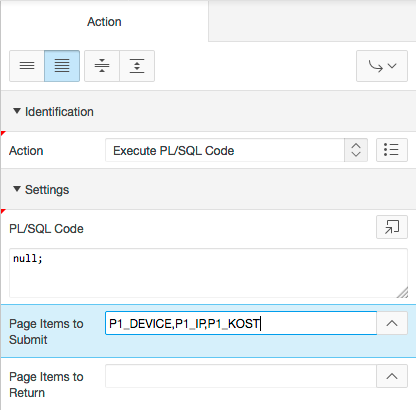Answered by: Connor McDonald - Last updated: August 12:pm UTC. How to assign multiple values in CASE. Both formats support an optional ELSE argument. The case expression you are talking about is used to derive a value of a single column.

These expressions can obviously yield a different value if evaluated multiple times. You cannot evaluate multiple expressions in a Simple case expression, which is what you were attempting to do. A selector is an expression, the value of which is used to select one of several alternatives.
In the above syntax, the expression will return a value that could be of any type (variable, number, etc.). CROSS APPLY can add rows to a et with logic to produce the correct column values. We can run something simple in SQL like select sys. You can use case expressions anywhere you can use an expression. CASE Begins a case -expression.
I am working on a query that uses a Computed Value to determine the Value for the case statement. The IF statement evaluates a condition. The condition can be anything that evaluates to a logical value of true or false such as comparison expression or a combination of multiple comparison expressions. They can transform a value into another value.
However, if you’re reaching the limit of 2expressions, I would be looking at the efficiency of the query itself, as most queries should not need 2expressions. SQL is a language that is generic to all database platforms. Using IN (1854) should work anywhere. Just change the name of the table and the field.
Multi Value Parameter in Concurrent Program In this article, we shall see a common use- case scenario i. Passing multiple values in a single Parameter to concurrent program. This code can be used as a generic component and can be plugged-in to any concurrent program which requires single parameter which can accept multiple values. This video demonstrates how a function can return multiple values to the calling. In the expanded version of our UPDATE syntax above, the value that we want to update columnwith, actually comes from a different table.
BUT, in this post I really wanted to show you how to update multiple columns in a table at once. So, with the syntax shown earlier in min let us put things together, and look at some practical examples. SQL MERGE allows you to perform multiple INSERT, UPDATE, and DELETE operations in a single statement. Based on selection criteria specified in the MERGE statement, you can conditionally apply INSERT, UPDATE, and DELETE statements to the table.
This chapter explores the first two types and shows you how they can be nested inside one another. This chapter is from the book In almost every program you write, you need to make decisions. This function allows you to vectorise multiple if_else() statements. If no cases match, NA is returned. SQL is used to create, store, retrieve, change and delete data in relational database management systems.
The value of n must be consistent across all cases. ClientID is passed as a parameter. I came across a forum post where someone wanted to use SQL NOT LIKE with multiple values. They were trying to exclude multiple values from the SQL query, but they were needing to use wildcards.
If you wanted to just filter values without wildcards, you would use the following query.
Brak komentarzy:
Prześlij komentarz
Uwaga: tylko uczestnik tego bloga może przesyłać komentarze.